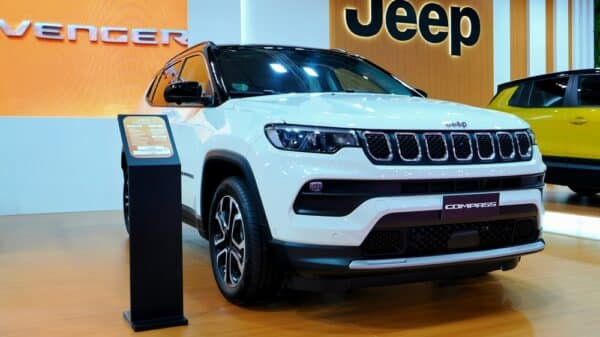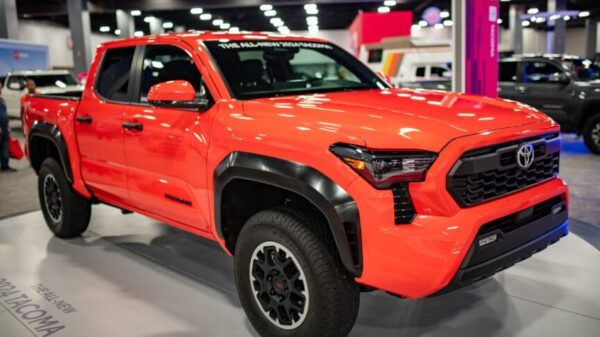In an exciting development for electric vehicle (EV) enthusiasts, Google Maps has rolled out a feature that promises to enhance the driving experience for Tesla drivers. Recent updates aim to help users avoid waiting in long lines at Supercharger stations, making road trips significantly more efficient and enjoyable.
Real-Time Availability of Tesla Superchargers
Google Maps now includes real-time data on the availability of Tesla Superchargers, as announced by the company on X. This lifesaving feature displays live updates in the “Overview” section of the app, complete with green highlights indicating charger availability. With this enhancement, drivers no longer need to hop between multiple apps to check charging station status, eliminating delays and the hassle of navigating to potentially crowded locations.
Streamlining the EV Road Trip Experience
The significance of this update cannot be overstated; it allows EV drivers to better plan their charging stops, especially in bustling cities like New York and Los Angeles where demand can be high. As congestion at charging stations becomes a growing concern, this tool is poised to transform the way drivers approach their journeys.
Max De Zegher, Tesla’s director of charging, has highlighted future possibilities for navigation tools, including showing real-time wait times and dynamically redirecting users based on forecasted availability. He likened the optimal management of EV chargers to air traffic control. Just as air traffic controllers manage aircraft movement, a similar protocol for EV chargers could alleviate congestion.
Challenges in the Current Charging Network
Long lines at Tesla Superchargers, particularly in urban settings, are a common frustration. As EV ownership continues to rise, the need for an expanded and reliable public fast-charging network becomes increasingly clear. Although Tesla’s app provides real-time availability, it occasionally struggles with loading times, particularly on Android devices. Meanwhile, third-party apps like PlugShare are available, but they rely on crowd-sourced data, which can sacrifice accuracy.
In contrast, Google Maps provides a fast and reliable experience when on the road, although users may notice GPS fluctuations in densely built environments. These benefits argue well for Google’s investment in EV-related features as they strive to streamline the entire EV charging process.
Room for Improvement
While this new feature is a welcome advancement, there is room for enhancement in the overall EV experience on Google Maps. Users still lack access to pricing information for charging stations, and inaccuracies in connector availability (such as CCS or NACS) can pose challenges for drivers. Both Google and Tesla clearly have the goal of refining the EV charging landscape, and this update marks a significant first step in that direction.
Conclusion
The integration of real-time Supercharger availability into Google Maps is a promising development for Tesla drivers. This new feature not only aims to ease the challenges of planning road trips but also marks an important evolution in the collaboration between technology and electric vehicle operation. As both Google and Tesla continue to innovate, further improvements can be anticipated—making the future of EV driving even more seamless and enjoyable.

































